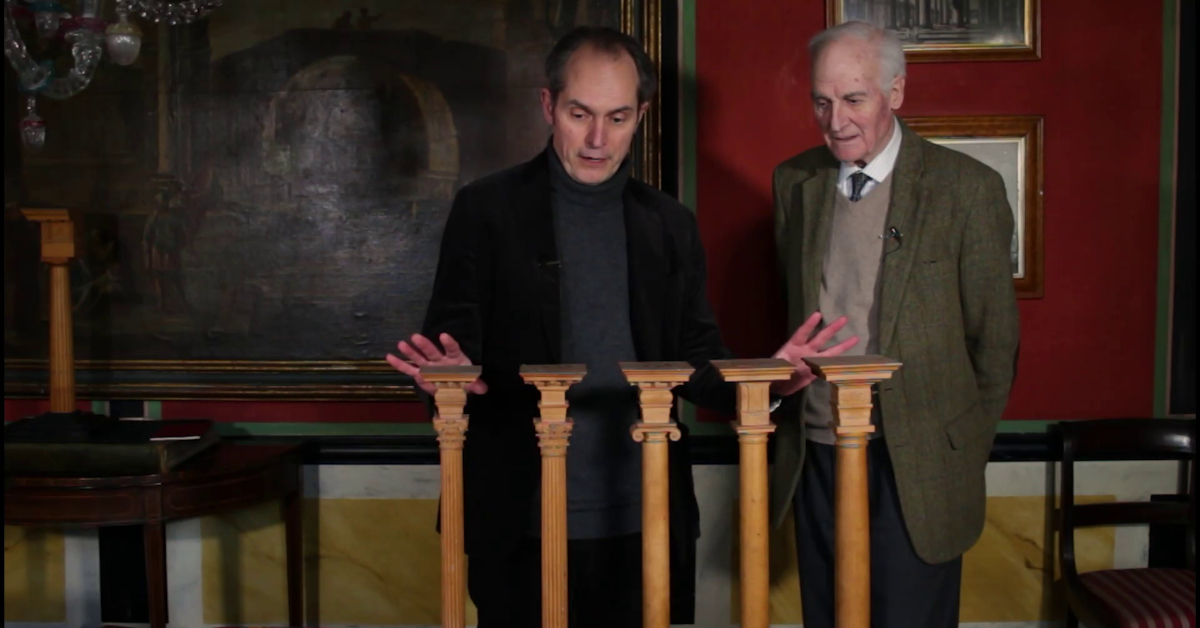English Architecture Between the Wars
It is hard to imagine the decimation caused by the First World War. Understandably, a growing number of people started to feel that there was something terribly wrong with a civilisation which caused young boys from neighbouring countries to commit murder for a purpose that no one really knew or understood. Politics, religion and art were now seen as culpable. A full-scale rejection of traditional values ensued, first by the Avant Garde and then slowly but surely by the population at large.
In art this started with the Italian Futurist Marinetti. His desire was to wipe away all forms of tradition and live in a brave new modern world of machines and speed.
‘Destroy the Museums. Crack syntax. Sabotage the adjective. Leave nothing but the verb.’
These ideas were taken up by Marcel Duchamp who in 1926 called a urinal a work of art, signing it R.Mutt, the French equivalent of Joe Bloggs. By titling it ‘fountain’ and placing this crude object in a refined art gallery in a position one would expect a Canova or Bernini he was deliberately mocking the great works of the past and in so doing attempting to free society from their hold. Le Corbusier and Gropius took these ideas into architecture
With these revolutionary views also came a disdain for ornament. The architect Adolf Loos published an essay titled ‘Ornament and Crime’ where he suggests that the amount of ornament a society uses is inversely proportion to its level of civilisation. Primitive tribes ornament everything, their canoes, oars and themselves with tattoos. As we progress, he argues, our need for ornament diminishes.
Despite all these ideas being in the air in mainland Europe, they made little impact on English architecture. Things continued as they were, although in a more chaste manner.
After the Second World War modernism came to dominate almost all British architecture. In Warsaw the damage caused by bombing was replaced by a faithful copy of what was there before but in London a different approach was used. Instead of replacing like for like, overtly modernist buildings were built and the taste for modernism was so strong that tower blocks were built out of choice instead of traditional terraces. The architectural establishment and successive political leaders saw modernism as the solution to the problems of the day. With the exception of a few cases like Clough Williams Ellis’s Port Meriam and Steven Dykes Bower’s Baldacchino at St Paul’s, Classical architecture was all but wiped out and would not return for several decades.



